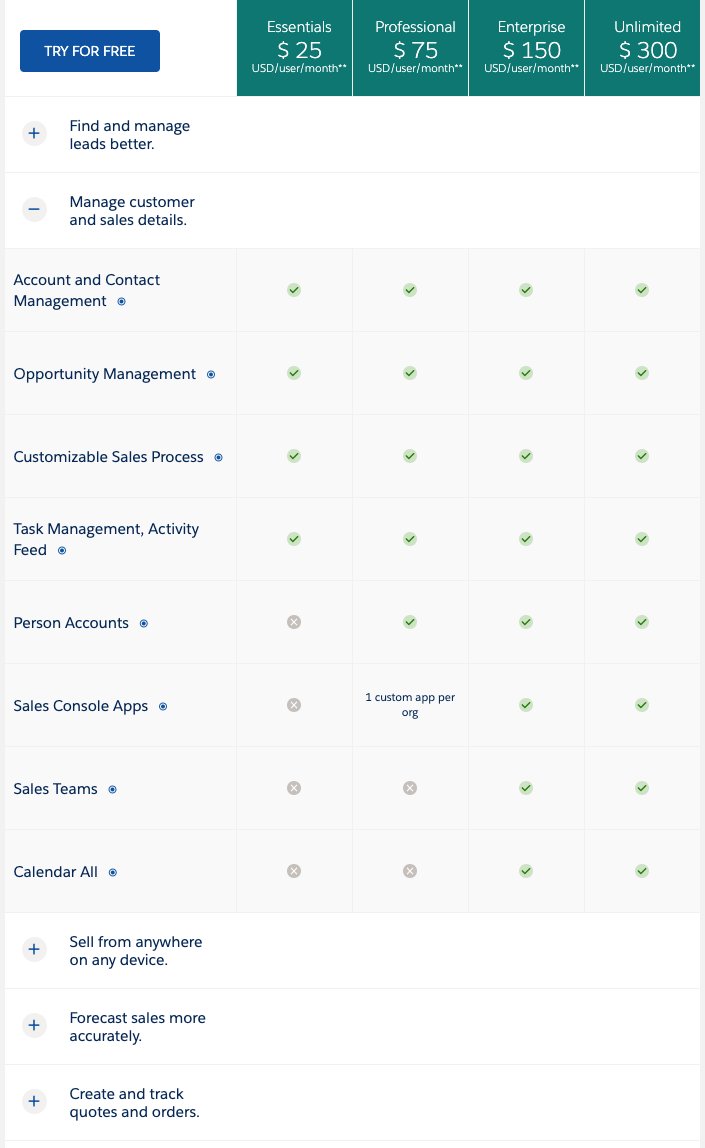
1/ Pricing your SaaS startup, early-stage edition
We just rolled out pricing plans at @AirplaneDev. Before that, I spent 7 years iterating on pricing at @Heap.
Here's the framework I use. Spoiler: it's not all about maximizing revenue👇
We just rolled out pricing plans at @AirplaneDev. Before that, I spent 7 years iterating on pricing at @Heap.
Here's the framework I use. Spoiler: it's not all about maximizing revenue👇
2/ The real goal is to maximize long-term revenue potential. That might mean leaving $$ on the table for now. Some short-term goals worth considering:
3/ Maximize Adoption: use low or free prices as a way to drive growth. The cheaper a product is, the more people will try it out and buy. Pipedrive has significantly cheaper pricing than most other popular CRMs 

4/ Competitive Advantage: Use asymmetric pricing strategies against competitors. Example: all your competitors use seat-based pricing but you use usage-based pricing, which feels fairer to customers.
5/ Customer legibility: Present prices in a way that's easy for customers to grapple with. Legibility is about how easy it is for a customer to understand what they'll be charged. Infrastructure products can suffer from this (how many Heroku Dynos do I need?) 

6/ Implementation cost: Complex pricing model = large operational burden for your company. Engineering effort to implement, training your sales and customer success team on it, etc. Simplify pricing to minimize rollout cost
7/ Lead qualification: Make your pricing weed out customers you don't want. If you force customers to speak to your sales team to get a price quote, you'll heavily select for larger enterprises that are used to buying that way.
8/ Price discrimination: Extract the max willingness to pay from each customer while not keeping anyone out. Extreme example is Salesforce, with 15 different product lines, each one has a massively complex feature-and-function grid 

9/ You can't do all of these. Some of them directly trade off against others: for example, the more you want to price discriminate, the less legible the pricing plans will end up being to your customers.
10/ So what did we optimize for? We're an early-stage SaaS–just a few dozen early customers. It's a horizontal product, i.e. we're not focused on a specific use case or industry.
11/ As a result, our goal is to get as many customers as possible in order to maximize our rate of learning and iteration. Each new signup, active user, and paying customer teaches us a lot.
12/ So optimized for broad adoption, customer legibility, and implementation cost. IOW: We want people to feel like it's cheap enough to try; understand how our pricing works; and spend very little time implementing billing logic when we have so much else to build.
13/ To see where we ended up, and how we thought through the various options, check out this blog post where we go into much more detail: blog.airplane.dev/how-early-stag…
• • •
Missing some Tweet in this thread? You can try to
force a refresh



